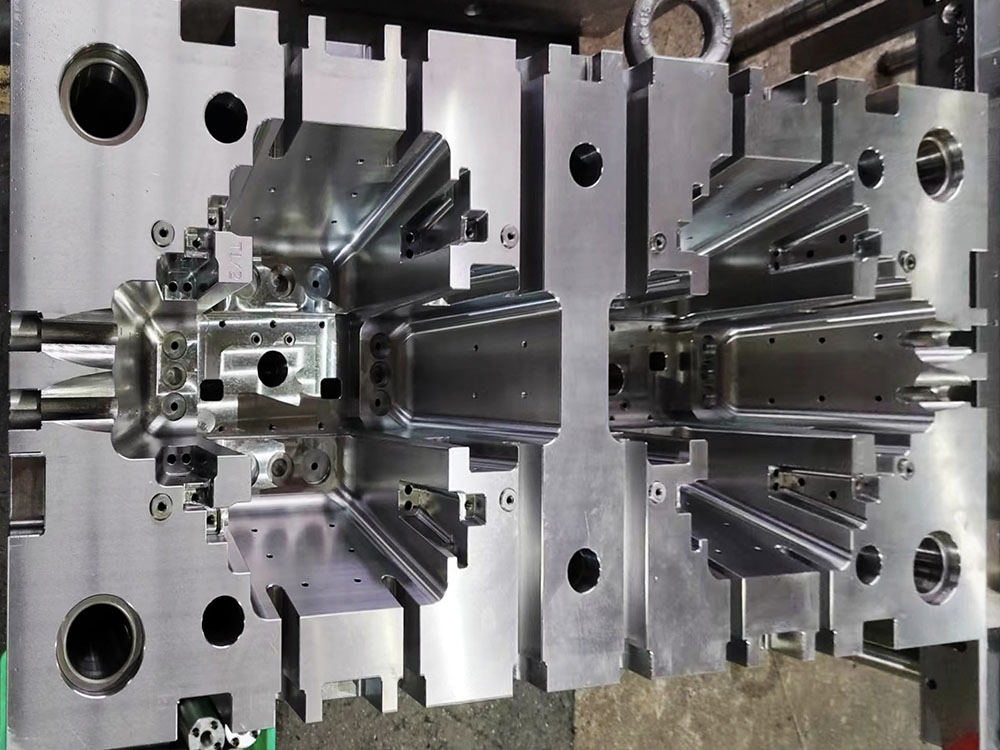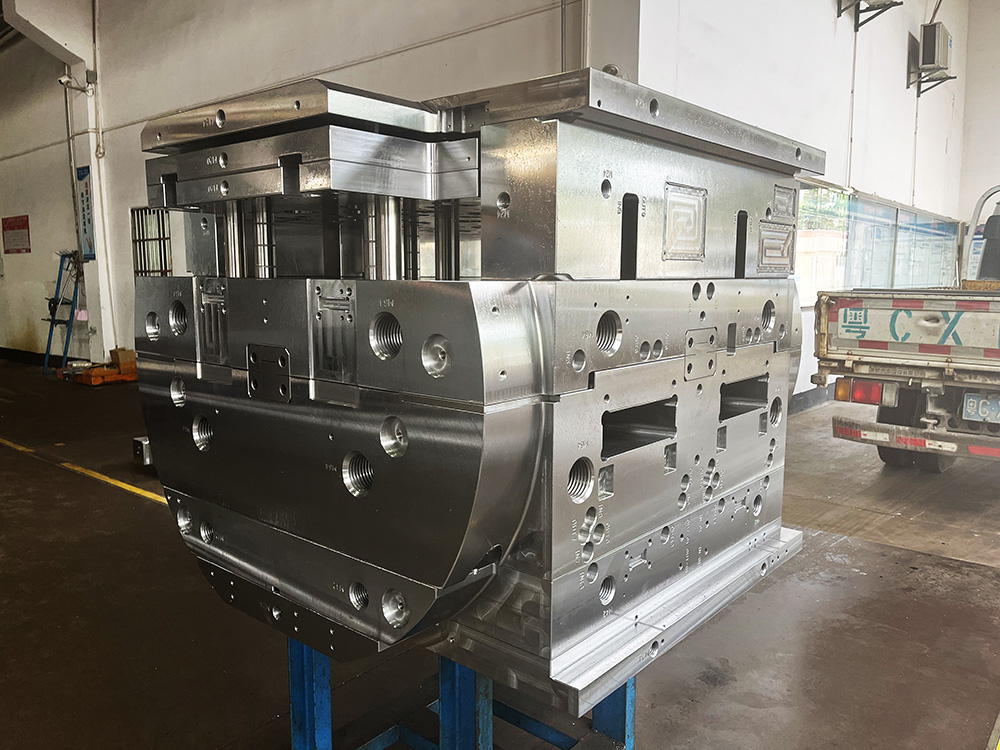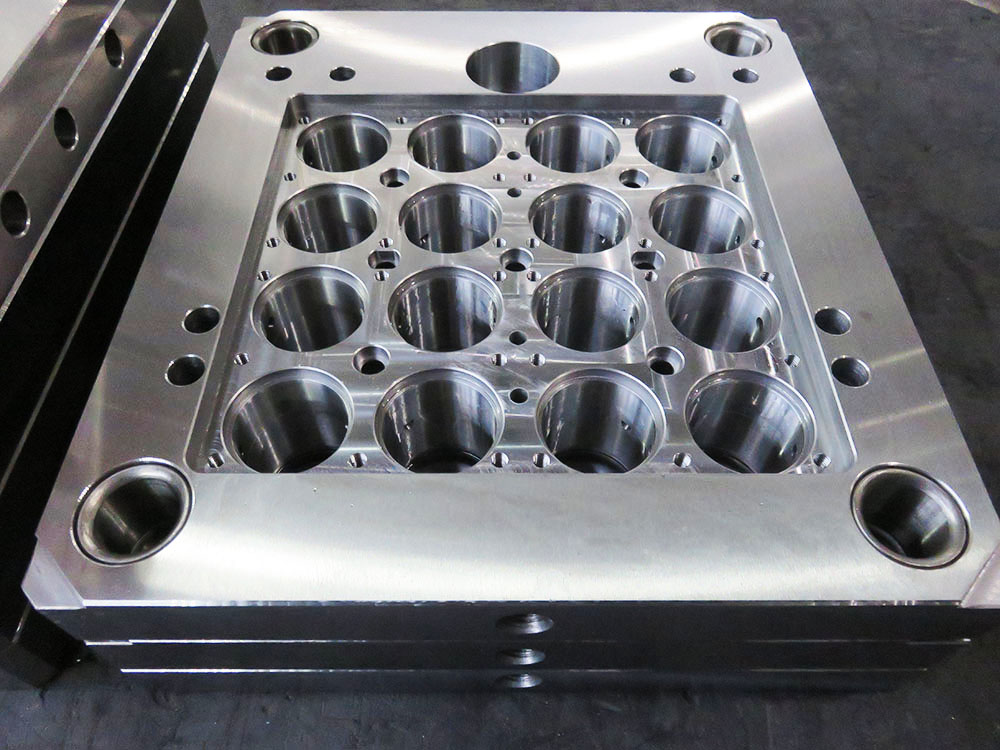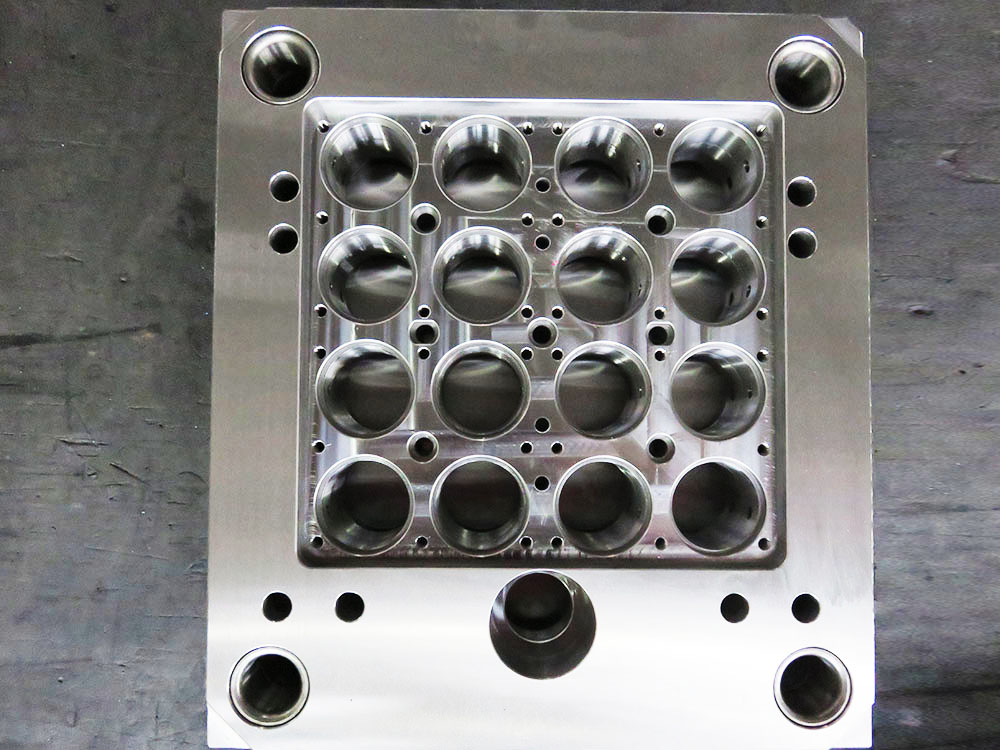1. Introduction
In the mold base industry, scaffolding plays a crucial role in providing support and stability during the construction, modification, and maintenance of mold bases. Scaffolding calculation is an essential process that determines the design specifications and requirements of scaffolding structures. This article will provide a comprehensive overview of scaffolding calculation and its importance in the mold base industry.
2. Purpose of Scaffolding Calculation
The primary purpose of scaffolding calculation is to ensure the safety and structural integrity of scaffolding structures. By performing accurate calculations, engineers and construction professionals can determine the appropriate dimensions, materials, and load-bearing capacities of the scaffoldings used in mold base projects.
3. Factors Considered in Scaffolding Calculation
Several factors are taken into account during scaffolding calculation:
- Load Requirements: The weight of workers, equipment, and materials that the scaffolding will support must be determined.
- Scaffold Type: Different scaffold types, such as supported scaffolds, suspended scaffolds, and rolling scaffolds, have varying requirements and calculations.
- Height and Span: The height and span of the scaffolding structure affect its stability and load-bearing capacity.
- Wind and Seismic Loads: The anticipated wind and seismic loads in the construction area must be considered to ensure scaffolding stability.
- Material Strength: The strength and properties of the materials used in the scaffolding must be evaluated to determine their ability to withstand the calculated loads.
4. Steps in Scaffolding Calculation
The following steps are typically involved in scaffolding calculation:
- Gather Information: Collect all relevant data, including project specifications, load requirements, scaffold type, and site conditions.
- Scaffold Design: Based on the gathered information, design the scaffolding structure, determining its dimensions, bracing, and connections.
- Load Calculation: Calculate the anticipated loads on the scaffolding, including the weight of workers, materials, equipment, and environmental factors.
- Material Selection: Select appropriate scaffold materials, considering their strength, durability, and compatibility with the project requirements.
- Analysis and Verification: Analyze the structural stability and load-bearing capacity of the designed scaffolding using engineering principles and calculations.
- Documentation and Reporting: Prepare comprehensive documentation and reports summarizing the scaffolding calculations, design, and analysis results.
5. Importance of Accurate Scaffolding Calculation
Accurate scaffolding calculation is crucial for various reasons:
- Ensures safe working conditions for the workers involved in mold base construction.
- Prevents scaffold collapses and accidents that can endanger lives and property.
- Reduces the risk of construction delays and additional costs associated with inadequate scaffolding structures.
- Complies with applicable safety regulations and industry standards.
- Enhances the overall efficiency and productivity of mold base construction projects.
6. Conclusion
Scaffolding calculation is an essential process in the mold base industry, ensuring the safety and stability of scaffoldings used in construction projects. By considering various factors and performing accurate calculations, engineers and construction professionals can design and implement efficient and secure scaffolding systems, promoting successful mold base construction.




